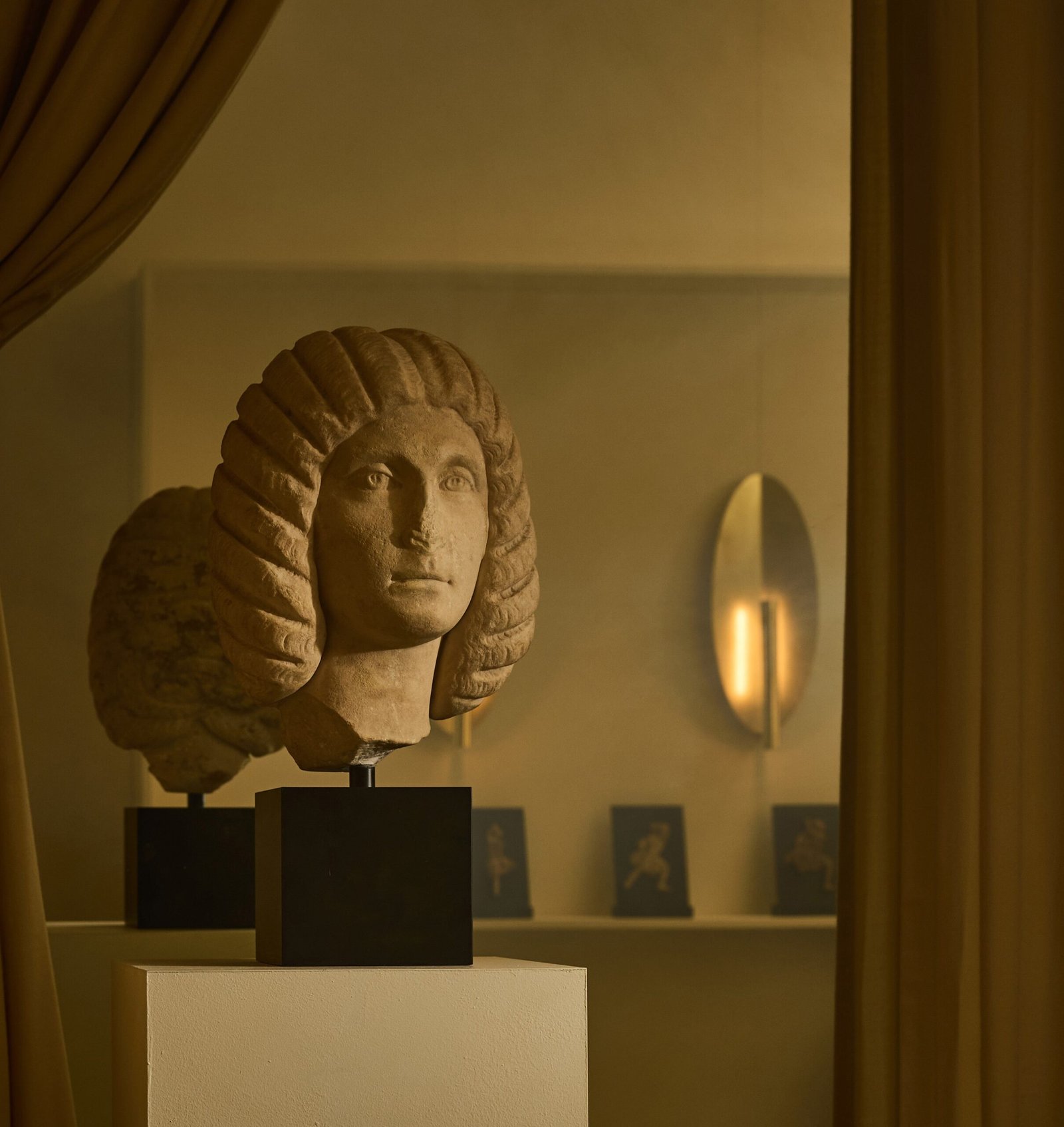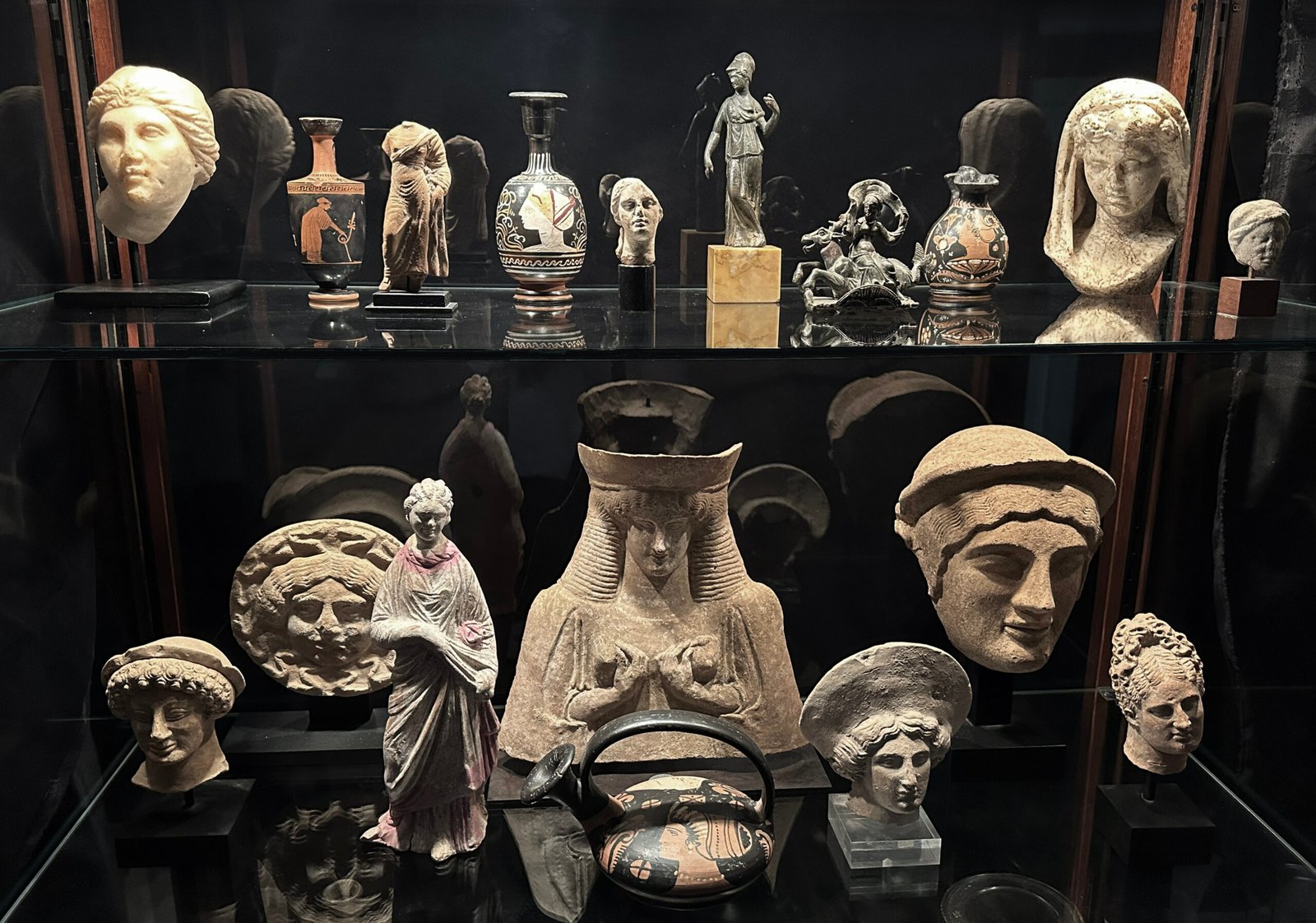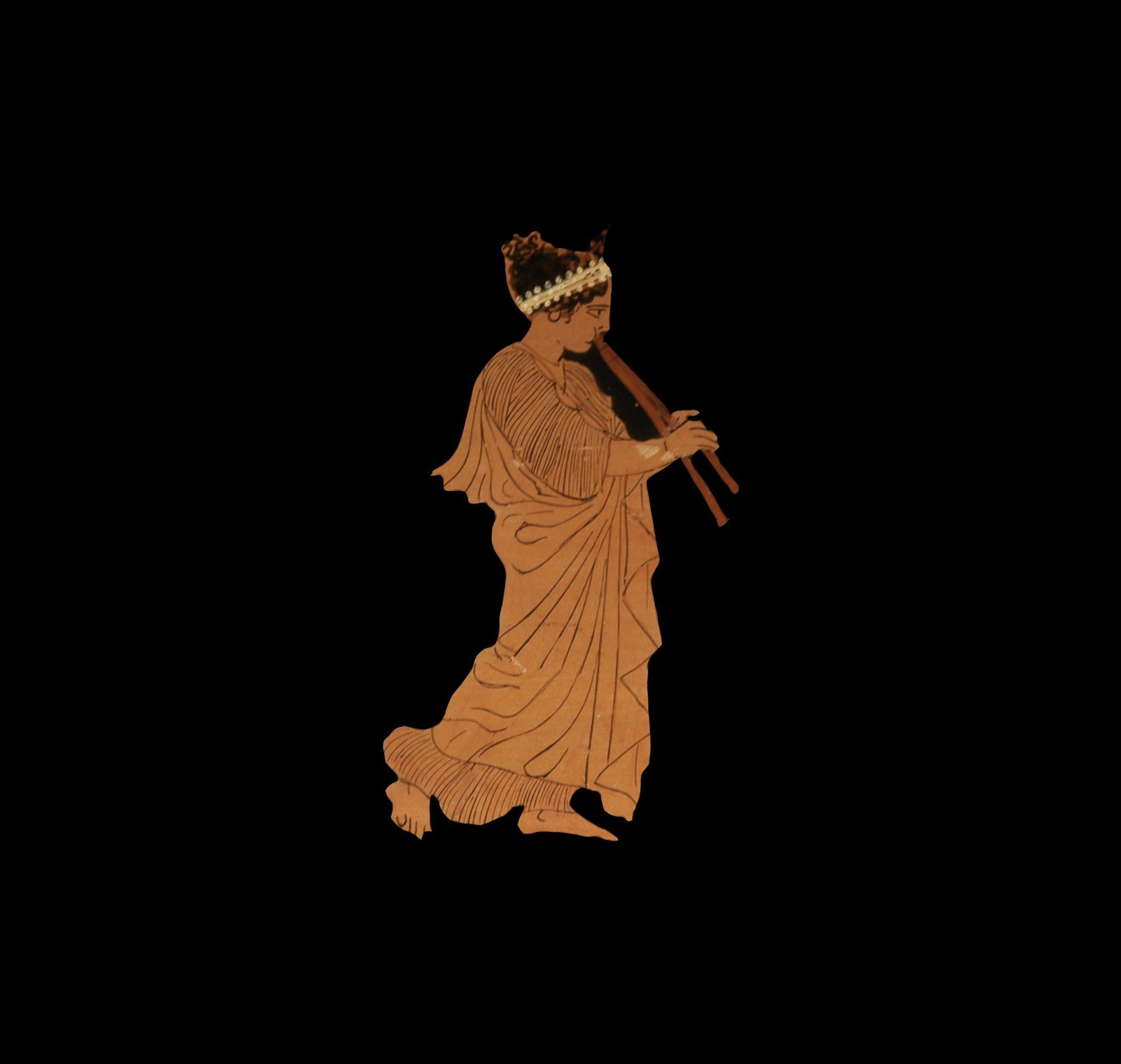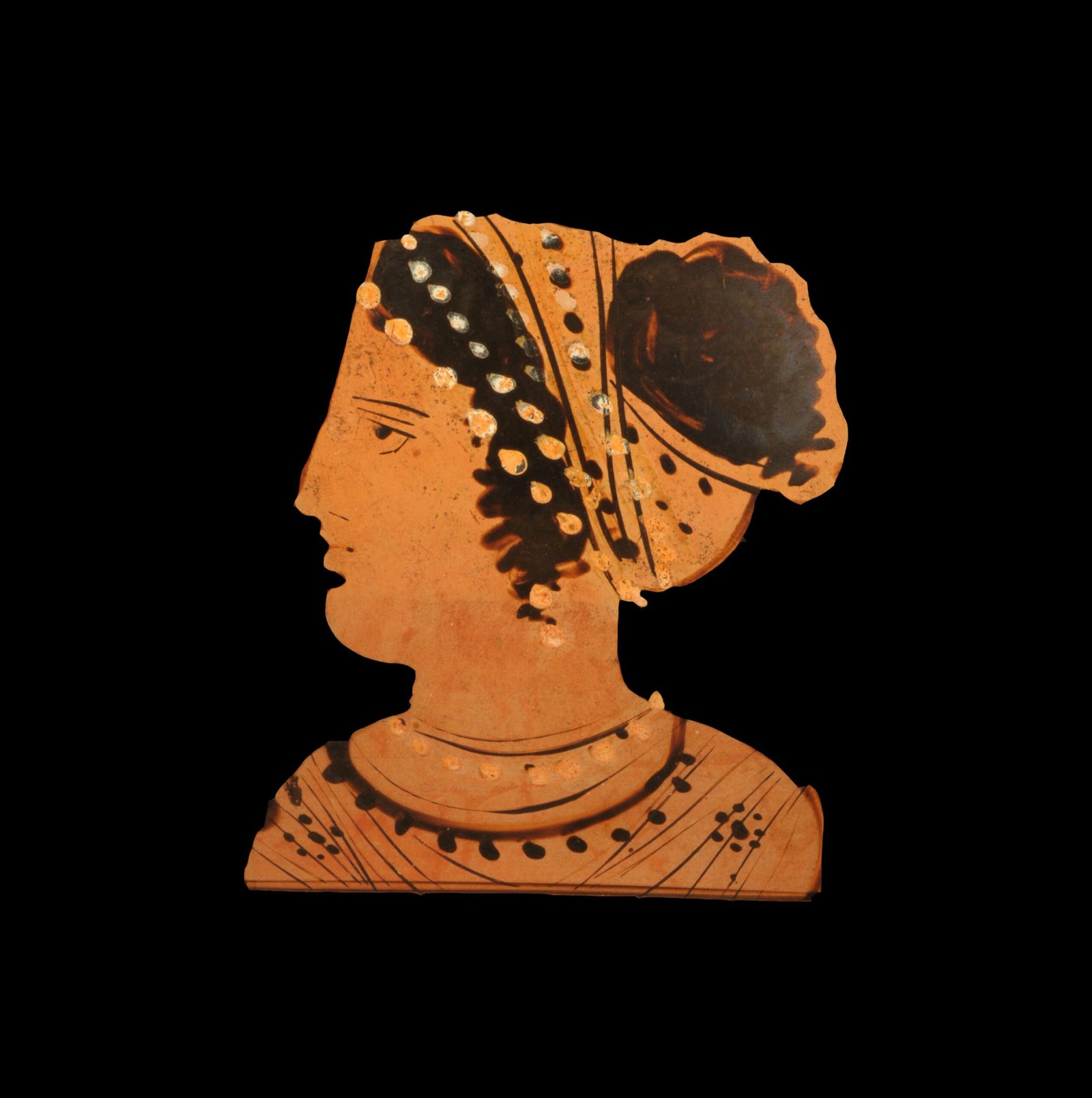
The women of the ancient Mediterranean were celebrated for the refinement of their dress and the sophistication of their hairstyles. Fashion in antiquity was both practical and symbolic, expressing status, identity, and cultural ideals of beauty.

The fashion of women of Classical antiquity was incredibly sophisticated and diverse, but at its core it was both modest and refined. The proper garment of the ancient Greek woman was initially the peplos, a long voluminous dress girded at the waist. This is the stately attire that adorns the Olympian goddesses. The peplos eventually gave way in the 5th century BC to the chiton, a thin or diaphanous linen tunic. Over this a thicker wool himation was worn, which could be drawn up around the head for warmth or modesty. These garments, often secured with pins (fibulae) or belts, were simple but elegant. They could be worn in a variety of ways to suit various occasions. The flowing lines they created were depicted extensively by ancient Greek artists, whether in marble, on vase painting or the countless small terracotta statuettes of fashionable women. Though similar to their Greek predecessors, Roman women wore their own distinct styles of dress. Married Patrician women wore the wool palla over a stola, a long-sleeved, floor length linen garment. Like the Greek himation the palla could be pulled up over the head as an overcoat. The stola was a symbol of matronly virtue and lesser born women were forbidden to wear it.
Ancient Classical hairstyles were an art form in their own right. Greek women generally wore their hair up, often in a melon coiffure or pulled back in a chignon. A sakkos, a soft cap of fine material, was worn as well to keep the hair in place. Additionally, adornments such as the stephane, a crescent-shaped diadem, added a touch of status and refinement. By the Roman period, coiffures became considerably more elaborate, becoming markers of wealth and influence. More staid Republican coiffures were followed by Imperial fashions that often-included elaborate tiers of braids and curls. The Empress and the women of the Roman Imperial court set the current fashion. Hair styles changed a great deal from decade to decade, and the distinct styles identify women of various periods. Julio-Claudian coiffures were modest after the Nodus style worn by Livia. High born Flavian women wore their hair in extravagant styles with masses of curls and braids piled high. Similarly, Trajanic, Hadrianic and Antonine women continued the trend with tiers of braids in spirals often incorporating intricately crafted wigs. The Severan period saw the style of the immensely popular empress Julia Domna, who wore a thick wig with locks in wide undulating waves parted at the center which remained popular among sophisticated Roman ladies for decades to follow.


